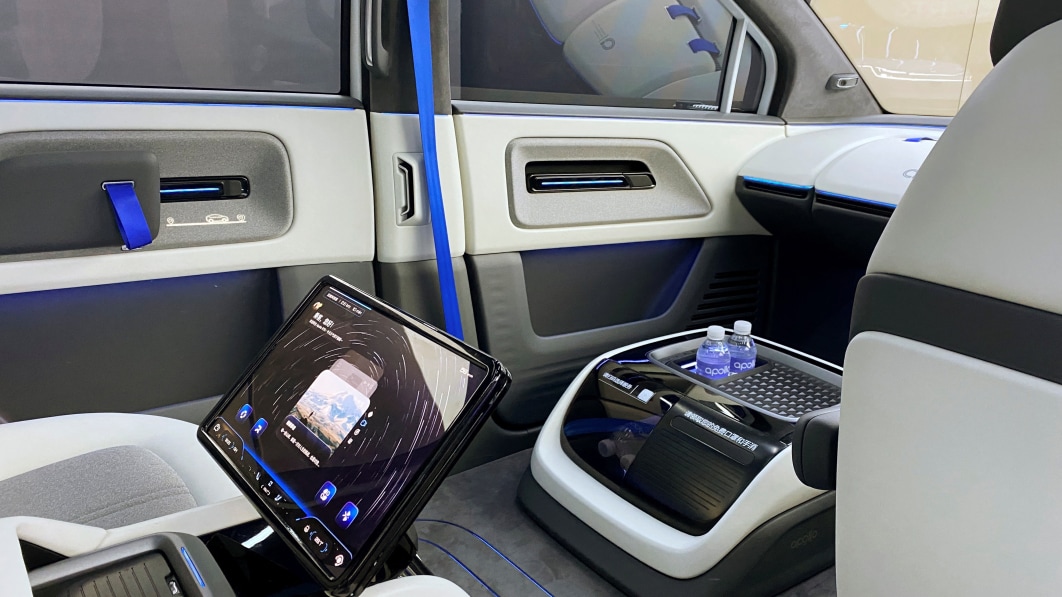
Thanks to the extensive support of the Chinese government — and the acceptance of China’s drivers to essentially give up driving — an ambitious experiment to put autonomous cars on busy city streets is well underway there.
In Wuhan, with a population of 11 million people and more than four million cars, a fleet of 500 taxis navigated by computers, often with no safety drivers in them for backup, cruises the streets. It is one of many Chinese cities that allow testing of driverless vehicles on public roads.
A report recently in The New York Times has found that China has taken the lead in developing leadership in this market, not only to show off its technological prowess globally, but to support its all-important local automotive industries.
While the introduction of robo-taxis on American roads has been stymied by safety issues — Ford and Volkswagen both shut down their robot taxi joint venture, Argo AI, two years ago — the Times, quoting surveys by J.D. Power, found that Chinese drivers are more willing than Americans to trust computers to guide their cars.
The story also noted that the Chinese government employs censorship to discourage discussion of crashes and other safety issues involving robot vehicles to dissuade public criticism.
Earlier this month, the paper said, on June 4, “Beijing authorized nine Chinese automakers — including Nio, BYD and SAIC Motor — to begin tests of advanced assisted driving systems that go beyond Tesla’s Full Self-Driving.” Also, it said that China Society of Automotive Engineers forecast that 20% of the cars sold in China in 2030 will be completely driverless and that another 70% will have advanced assisted driving technology.
China has a step up in this field because electric cars in that country comprise about 25% of the market, compared to 7% in the US, and “driverless technology works much better with battery electric cars than with gasoline-powered cars or most hybrid gasoline-electric cars.”
Also noted by Times reporter Keith Bradsher, author of the report, is that another issue that affects the autonomous driving scenario is data transfer.
“Chinese companies set up crucial research facilities in the United States and Europe and sent the results back home,” he writes. “But any research in China is not allowed to leave the country. As a result, it’s difficult for foreign carmakers to use what they learn in China for cars they sell in other countries.”
The full report can be seen here. A subscription may be required.

